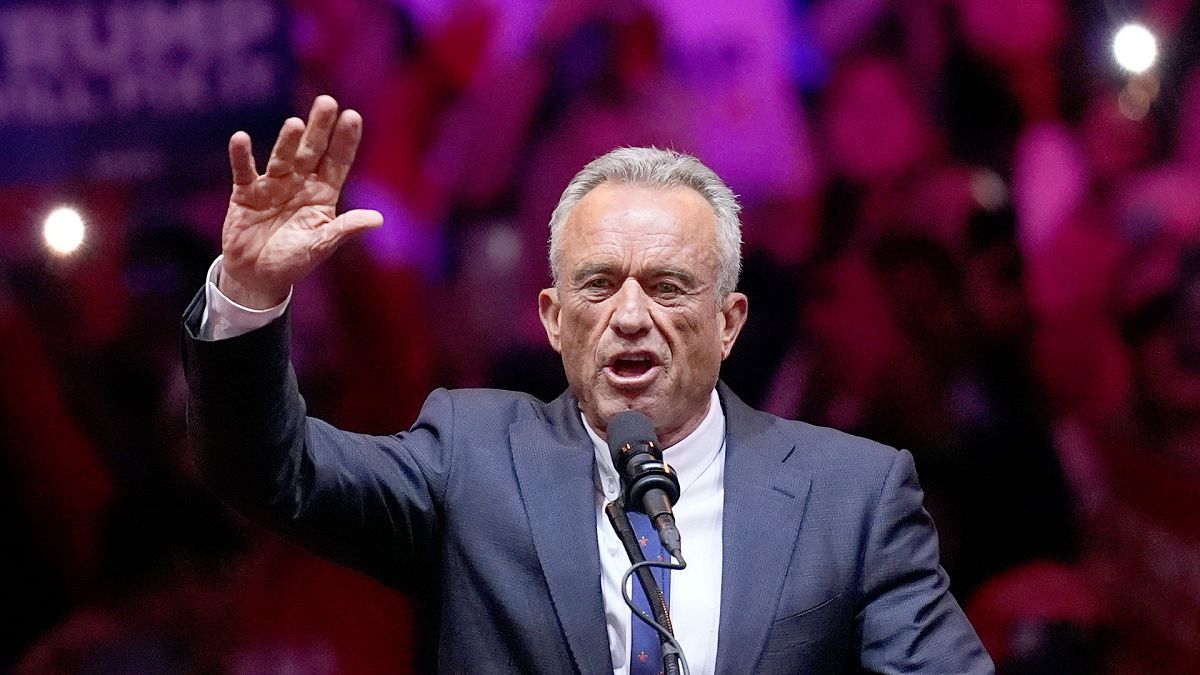The Government has revealed new details of its replacement school lunch programme — including a taste of what students can expect.
Associate Education Minister David Seymour said businesses had worked with the Government to “transform” the existing programme, “delivering for children and saving for taxpayers”.
“Every student receiving a school lunch today will continue to do so from day one of Term 1 next year,” he said.
“The programme will deliver nutritious hot and cold meals, such as butter chicken curry, chicken katsu, lasagne, chicken pasta salad and wraps. These meals will cost $3 each.
“All students in year 0 to 8 will receive the same sized meals (240 grams) and older students will receive larger lunches (at least 300g) — which will include additional items such as fruit, yoghurt or muesli bars.”
Seymour said the Government had “embraced commercial expertise, used government buying power, and generated supply chain efficiencies”.
The new programme will save $130 million a year, he said — “even more than anticipated in Budget 2024”.
“Under the Labour-led government, lunches cost up to $8.68 per student.”
Seymour said that, if previous governments had set up the programme “this way”, $800 million would have been saved over the past five years.

Programme will continue to ‘evolve’ – minister
“Some suppliers in the existing programme will be affected and I appreciate this will be tough. However, the emphasis of the programme is to ensure students get good meals at an affordable cost to the taxpayer,” the minister said.
“Schools who receive their lunches on the external model will continue to receive a variety of hot and cold meals, delivered daily. Schools using the internal and iwi/hapū model will have access to a range of government negotiated wholesale ingredients and can continue to prepare meals internally.
“These schools will receive a slight increase ($4 per meal) in per student funding to continue to employ people to prepare the meals.”
The programme will continue to “evolve over time”, Seymour added — but for now, the focus is on a “smooth transition” at the beginning of next year.

Re-purposing some of the savings
“The government will also provide food for up to 10,000 two-to-five-year-olds who attend low-equity, community-based early learning services,” Seymour said.
“This will be funded by some of the cost savings found in the lunch programme.”
The minister expected to make an announcement “very shortly”.
Seymour said the new model delivers a “like for like solution for all student age groups”.
“Composite schools (years 0-13) and full primary (years 0-8) will use this model from 2025 and contributing primary schools (year 0 – 6) from 2026,” he said.
“I have met with our commercial partners, and they are committed to making this work for the children and the schools.”














